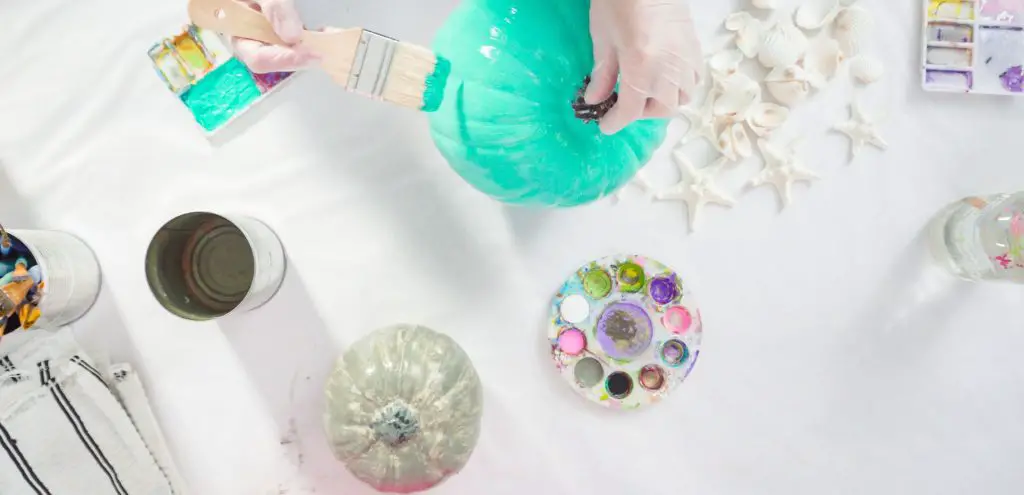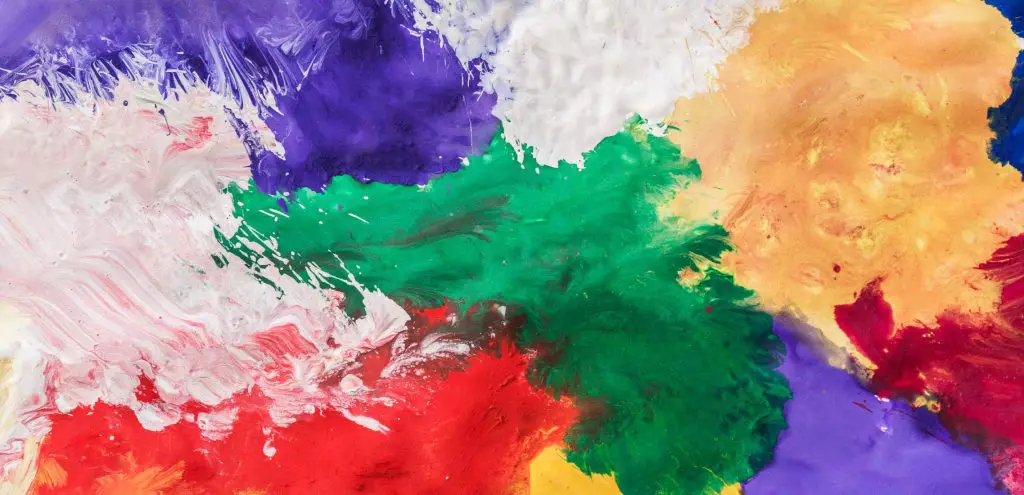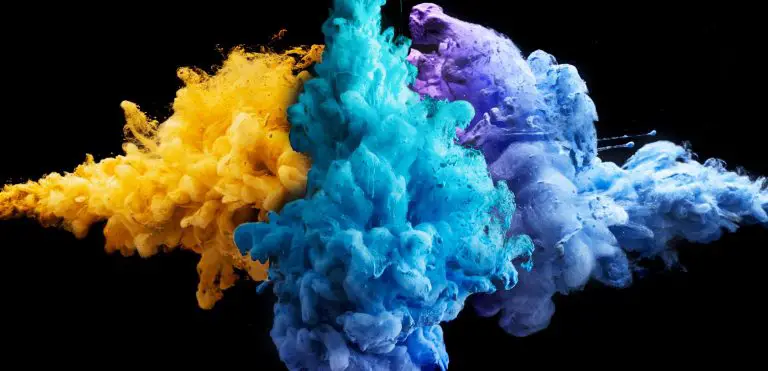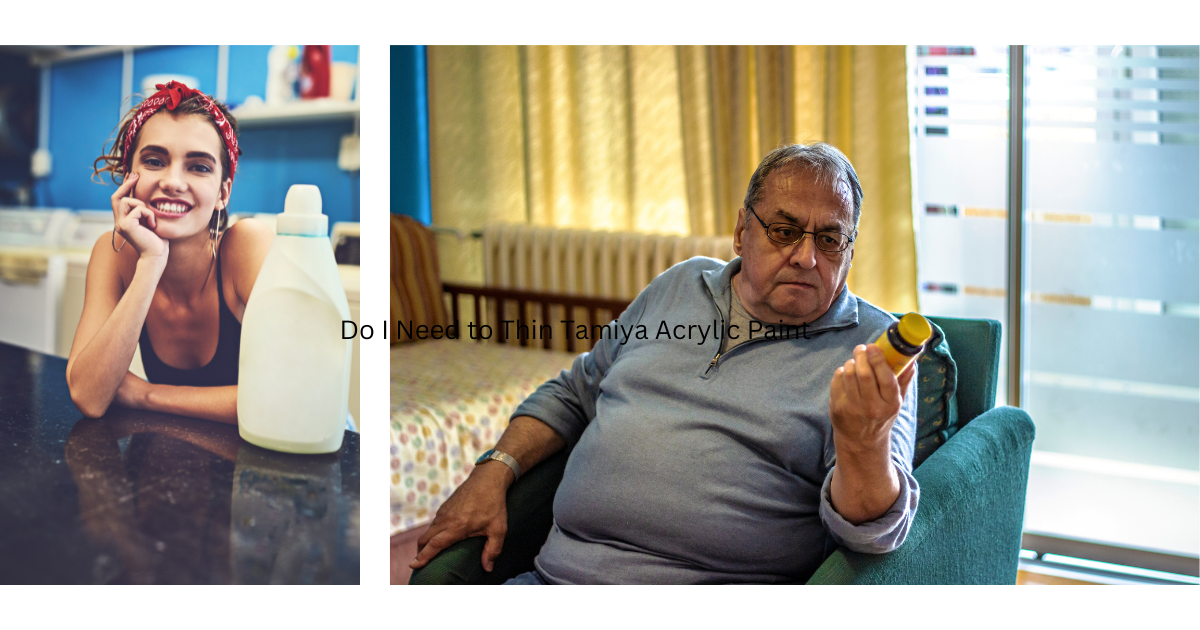One of the great things about acrylic paint is that it can be easily adjusted to achieve the desired level of opacity. By adding a thicker layer of paint, you can make it more opaque, or by adding more water, you can make it more transparent. In this post, we’ll show you how to make your acrylic paint more opaque.
Acrylic Paint Consistency – How to Paint Opaque
- Choose the right type of paint You’ll need to use an acrylic paint that is specifically designed to be more opaque
- Add a thickening agent This will help to make the paint more opaque
- Use less water When you’re mixing the paint, use less water than you normally would This will make the paint more concentrated, and therefore more opaque
- Add white paint This will help to lighten the paint and make it more opaque
Experiment with other methods There are a few other methods that you can try in order to make your acrylic paint more opaque Experiment and see which one works best for you
How to make cheap paint more opaque
Making paint more opaque – or less transparent – can be as simple as adding more paint to your project. However, if you want to maintain the color of your paint and make it more opaque, you’ll need to mix in white paint. The ratio of paint to white paint you’ll need to achieve your desired level of opacity will vary depending on the paint’s original color.

For light colors, you may only need to mix in a small amount of white paint, while for dark colors you may need to use a larger ratio. Once you’ve mixed your paint with white paint, test it out on a small section of your project to see if you’ve achieved the desired level of opacity. If not, simply add more white paint until you reach the desired results.
Why is my acrylic paint not opaque?
If your acrylic paint is not opaque, it could be because the paint is old, the paint was not mixed properly, or the paint is thin. To fix this, you can try adding white acrylic paint to make it more opaque, or you can add a thickener to the paint. If you are still having trouble, you can contact the paint company for advice.
What to add to acrylic paint to make it thick?
Adding a thickener to acrylic paint will make the paint less liquid and more viscous, so it will flow less easily and dry more slowly. This can be useful if you want to create a textured effect or extend the drying time to allow for more blending. There are a few different types of thickeners that can be used, including gels, pastes, and mediums.
You’ll need to experiment to find the one that best suits your needs. Gels are the most common type of thickener and come in a variety of consistencies. They’re easy to use and can be added directly to the paint.
Mediums are a liquid form of gel and can be used to thin paint as well as thicken it. They can also be used to change the finish of the paint, giving a glossy or matte effect. Pastes are the thickest type of thickener and are best used for creating texture.
They’re added to the paint before it’s applied to the surface. When using a thickener, start with a small amount and add more if needed. You can always add more paint if the effect is too subtle.
Work the thickener into the paint with a brush or palette knife until it’s evenly distributed. Allow the paint to dry completely before adding another layer on top.
Why is my acrylic paint not covering?
One of the most common questions we get here at Blick is “Why is my acrylic paint not covering?” There are a few reasons why this might be happening, and fortunately, there are a few easy solutions. One reason why your paint might not be covered is that it’s too thin.
Acrylic paint is naturally thicker than water, but you can thin it out with water if you need to. If you’re finding that your paint is still too thin, you can try adding a bit of gesso to your painting surface before you start painting. This will help to create a better surface for the paint to adhere to.
Another reason why your paint might not be covered is that it’s old. Acrylic paint has a shelf life of about two years, so if you’re using paint that’s older than that, it might not be as effective. If you’re not sure how old your paint is, you can check the expiration date on the tube.

Finally, if you’re still having trouble getting your paint to cover, you can try using a different type of paint. Some acrylic paints are designed to be more opaque than others, so if you’re finding that your paint is still transparent, you might want to try an opaque paint. We hope this has helped to answer your question.
If you’re still having trouble, our team of experts is always here to help.
How do you make acrylic paint more vivid?
If you want to make your acrylic paint more vivid, there are a few things you can do. First, start with high-quality paint. This will make a big difference in the final result.
Second, use a white primer before painting. This will help the colors pop. Finally, use a high gloss varnish after painting to really make the colors stand out.
Conclusion
Acrylic paint is known for its transparency, but there are times when you may want to make it more opaque. There are a few different ways to do this, depending on the effect you’re going for. One way to make acrylic paint more opaque is to add white paint to it.
This will lighten the color of the paint, but it will also make it more opaque. Another way to make acrylic paint more opaque is to add a medium to it. There are a few different types of mediums that you can use, but each will make the paint more opaque in different ways.
Experiment with different techniques and mediums to find the perfect opacity for your project.










